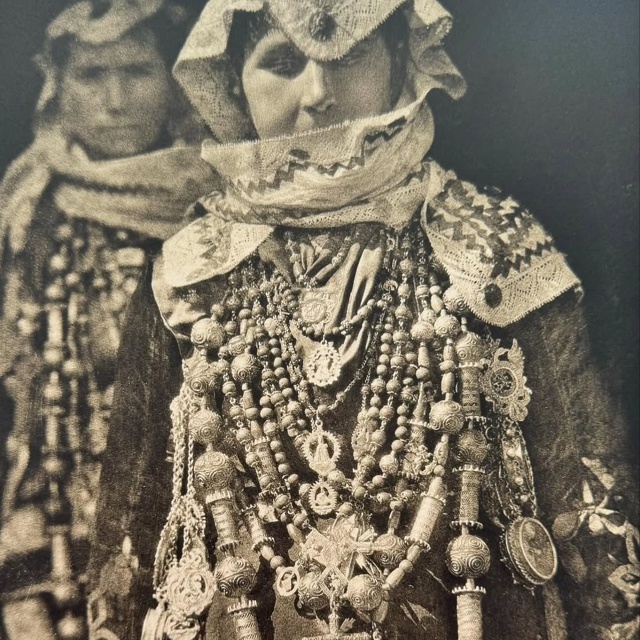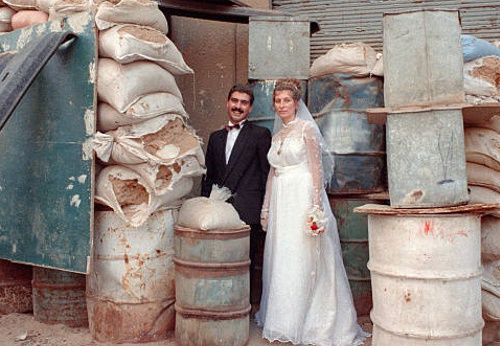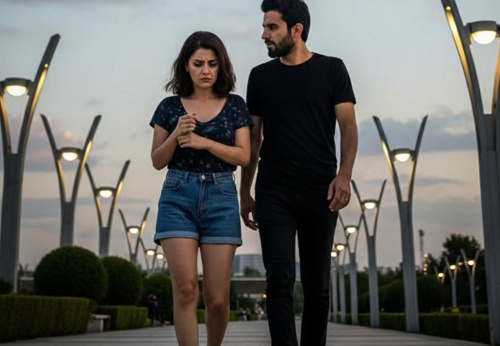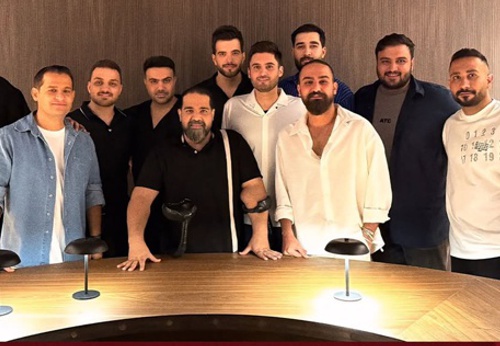Spanish Religious Life a Century Ago
For most Spaniards in 1915, religion was not just a matter of belief but the rhythm of daily life. Bells from the parish church marked the hours of the day, calling people to prayer, Mass, and community gatherings. Farmers blessed their fields, sailors prayed for protection from storms, and families kept holy water fonts at home. Children learned prayers before they learned to read, and their earliest education often took place in catechism classes taught by the local priest or nuns. In rural Spain, the Church calendar structured the year: Advent and Christmas, Lent and Easter, Marian feasts in spring and summer, and harvest festivals blessed by the parish.
These celebrations not only affirmed faith but also brought entire towns together in processions, dances, and shared meals. Around 1915, Spain’s education system was deeply influenced by religion. Many schools were run by Jesuits, Marists, Salesians, and other religious orders, who emphasized moral formation alongside reading, writing, and arithmetic. For the wealthy, Catholic boarding schools were common; for the poor, parish schools were often the only option. The Church also ran universities, hospitals, and seminaries.





